Incubation period and Window period in Food-borne diseases and ‘wrong’ biomedical tests.
Getting sick and testing positive to biomedical tests are two related phenomena and are dependent on each other simultaneously in a specified order with one occurring after the other. However, the traditional assertion is that one gets sick, then undergoes a biomedical test and comes off positive at most times and thus sickness comes on before a positive biomedical test and a biomedical test a confirmation of a dis-ease condition. This is not wrong, but not always right at all times.
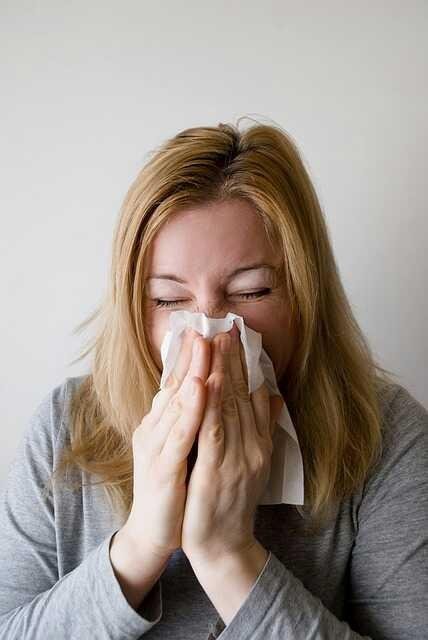
Source:pixabay - CCO commons
One only admits to being sick when he/she starts feeling uncomfortable due to several discomforting symptoms accompanying a disease condition, and this is only the period they are pronounced ‘sick’ and a medical attention is thus advised depending on the severity of the condition at hand. Many times the biomedical tests are in correspondence with the individuals or medical professionals' prediction, though sometimes there are deviations as many disease symptoms are very similar, and hence the need for screening and confirmatory test. Anyways, that was such a long story and it’s by the way.
When do we actually get sick?
Headaches, nausea, gastrointestinal tract related issues and a defective energy production conditions are common symptoms of diseases and presents such conditions which makes an individual feel sick, this sets in when the invading pathogen is in its ‘attack’ phase or on the other way round, when the body detects the pathogen via it’s abnormal characteristic or it’s secretions which stimulates the immune system to step into action and make efforts geared towards getting rid of the pathogens. These secreted substances which aids detection of a pathogen are known as chemoattractants.
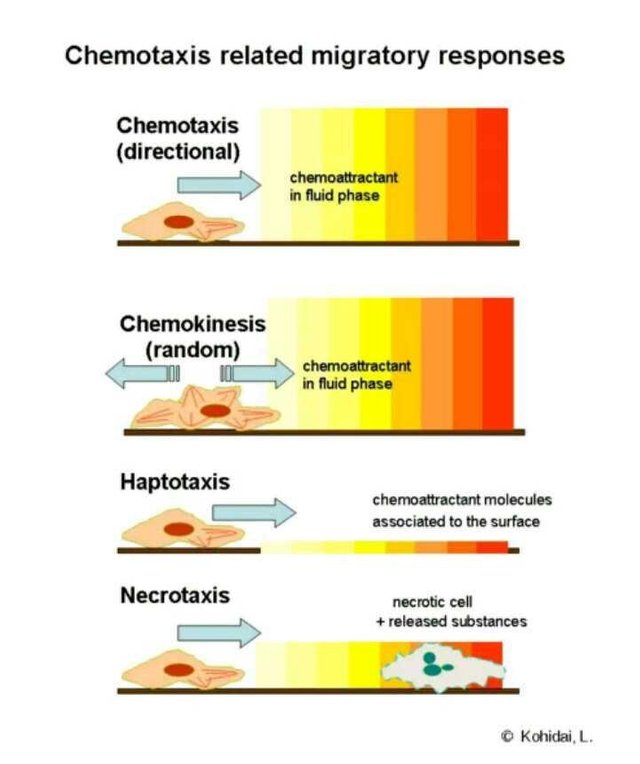
chemoattractants stimulates chemotaxis, movement of cells of the immune system to the area of infection. Source:Wikimedia - CC BY-SA 3.0.
Chemoattractants are special substances, via complicated means, they trigger the production of many lytic substances which are part of the immune system. Platelet activating factors triggers the release of platelets, the aggregation of these platelets causes the activation of eosinophils and neutrophils, it is also a potent activator of the complement system.
Eosinophils and neutrophils are powerful lytic cells of the immune system involved in antibody dependent cell mediated Cytotoxicity, while neutrophils are very pronounced in acute inflammation, the eosinophils are the primary arm of the immune system in tackling parasitic attacks. Complements are group of strong lytic proteins produced by the liver hepatocytes in an inactive form known as Zymogens. They are activated by the presence of pathogen associated molecular patterns or damage associated molecular patterns, hence they are only stimulated by immunogenes and damaged cells which are pathogenic, this ensures that no harm is done to normal cells and non-pathogenic body molecules.
How do these make us sick?
Not to complicate things however, the immune actions are complex interactions and are diverse in that many actions are different from the others though they are basically geared towards getting rid of a foreign body. This difference in action gives rise to the different way of tackling pathogens and hence the different symptoms felt due to immune reactions. The action of the immune system is discomforting at most times as it involves a shift in the normal functioning of the body and accompanying homeostatic means centered on restoring the internal conditions to normal.
The presence of microbial agents such as bacteria, viruses, protozoa and fungi, physical agents such as irritants and corrosive chemicals or even a damaged tissue stimulates a non-specific localized immune response which tends to eliminate these infective agents and reconstitute the normal body function, this is known as Inflammation and involves metabolic, cellular and vascular changes in response to the shift in equilibrium which is in congruence with Le Chattelier’s principle. Cellular changes involves the release of cells of immune system which includes neutrophils in acute inflammation and macrophages in chronic inflammation.

inflammation involves the aggregation of cells of the immune system in an attempt to eliminate and immunogen. Source:Wikimedia - CC BY-SA 3.0.
Vascular changes involves the contractions and relaxation of the body vessels in response to the immune reaction, this includes blood vessels and intestinal contractions can also be stimulated by immune responses. These changes accounts for the condition of ‘sickness’, Chemoattractants action induces nausea and it’s subsequent reactions are implicated in many disease condition.
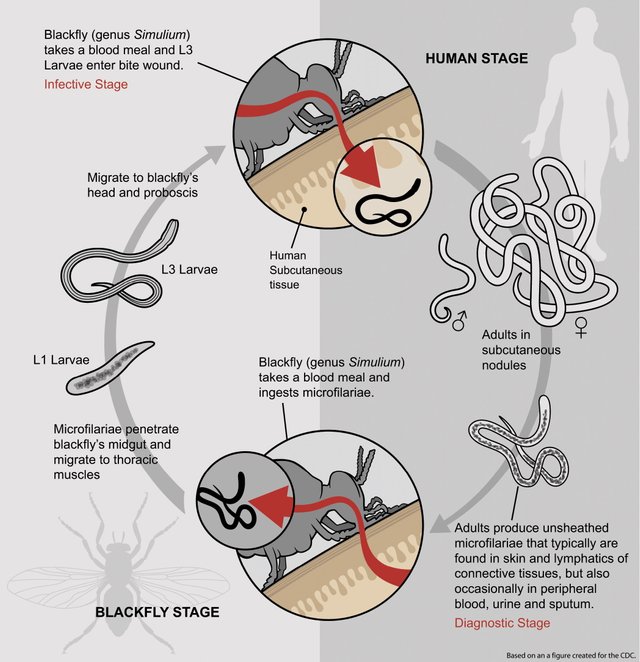
parasites merely inhabit the human system, their lifestyle account for the discomfort felt by the patient Source:Wikimedia - CC BY-SA 3.0.
How long does it take to get sick?
Sickness starts off at the time of infection, many sickness and associated symptoms are subclinical such that the effects associated with these infections are not felt by the individual. In some situations, this is because the immune system is strong enough to get rid of the pathogens without causing much noticeable body reactions.
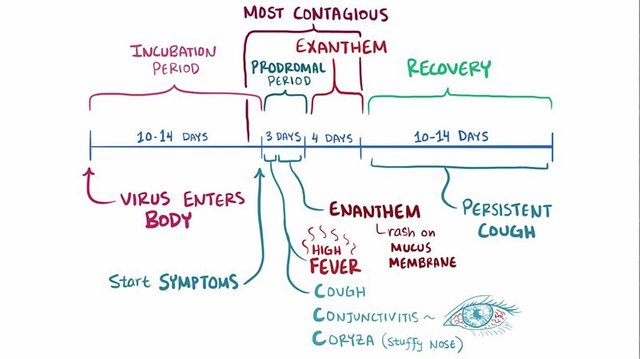
Incubation period is the time interval from infection to symptoms. Source:Wikimedia - CC BY-SA 3.0.
Infection by immunogenes or parasites doesn’t cause diseases immediately, thus most times one doesn’t get sick immediately their body system is invaded by immunogenes. This is due to Incubation periods and Window periods
Incubation period—we’re not ready yet!
Incubation period is the time interval from the actual time of infection to the onset of noticeable symptoms associated with this infection. In oncology, this is also the period from exposure to carcinogens till the period the body develops enough cancerous cells to trigger the body reactions associated with cancer.

Incubation period is the time interval from infection to symptoms. Source:Wikimedia - CC BY-SA 3.0.
Incubation periods can be defined as the time from infection to ‘infectiousness’
Incubation period in parasitic attacks is the time taken for the infecting organism to multiply in number and develop it’s pathogenic features to an extent which would be able to cause reasonable damages to the body.
This comes into play in the case of Food-borne diseases from semi-solid foods and drinks, and the general orientation that the immediate past diet is mostly the cause of the discomfort felt afterwards. Immediate past diets may cause discomfort due to a faulty means of ingestion leading to an impaired intestinal motility and thus the submucosal glands and the intestinal muscles releases secretions and undergoes discomforting contractions respectively which presents as a disease condition.
However this process is physiologic and in no way pathological as it ensures that food particles are conveyed through and to the right parts of the gastrointestinal tract to ensure proper body functioning. Though this process may causes secondary sickness conditions due to allergens which causes hypersensitivity reactions.
However, true Food-borne infections and contraction of parasitic infections would take more time as these infective agents accumulates and multiplies to infective doses which are enough to harm the body, this is however influenced by the dose of the infective agents or number of parasitic larvae in the diet or drink as a higher concentration reduces the incubation period as the infective agents multiples fast and the generation time is reduced in microbial infections.
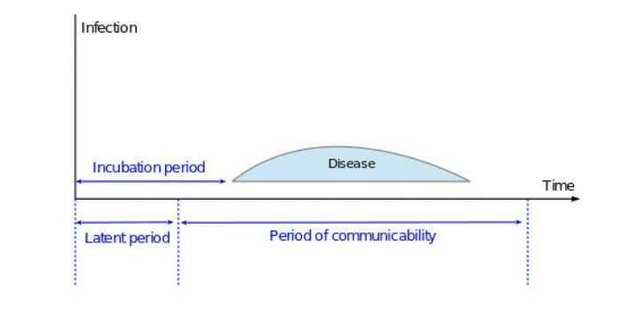
concept of incubation period. Source:Wikimedia - CC BY-SA 3.0.
The replication ability of the parasite and the invasive ability of the immunogenes and carcinogens is also a huge determinant as the ability to replicate and the speed of replication defers in different microbes and benign tumors are generally less invasive than malignant tumors (this applies in oncology).
Window period and ‘wrong' biomedical tests
The body’s first response to the presence of an immunogen is the production of antibodies in accordance with the clonal selection theory of antibody production, hence antibodies are produced with specificity to the antigen/immunogen which triggered it’s production. Different antigens causes different diseases and this implies that antibodies are specific for this different diseases.
96 wells micro-titre plate for ELISA test Source:Wikimedia - CC BY-SA 3.0.
This is performed for microbial, viral and parasitic infections and have proven functional and relatively cheaper when compared to other diagnostic means such as Polymerase Chain Reaction (PCR), however, something comes into play which have posed a threat to this method of diagnosis— The Window period.
The Window period is the time between the first infection by an immunogen till the time which the body’s immune system produces sufficient antibody to enable the detection of these antibodies during biomedical tests which are dependent on antibody detection. The window period is dependent on the time taken for Seroconversion(time from infection by an antigen till the production of sufficient antibodies) the ability of the immune system to produce antibodies earlier entails a shorter window period and hence detection of the antibodies which makes the tests less tedious.
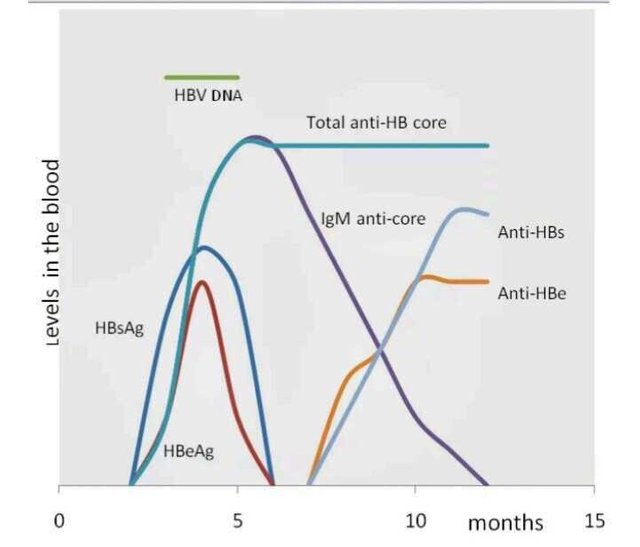
picture showing time taken for the appearance of hepatitis B antibodies from the time of infection, this is the window period Source:Wikimedia - CC BY-SA 3.0.
For a medical laboratory scientist, many technical procedures in disease diagnosis through antibody detection are made more tedious by this concept of window period. Many very correct tests have been pronounced ‘wrong ’ after a re-test is performed some days interval after the first test. When not taken into consideration, the window period leads to the issuance of false negative results as the antibodies have not been sufficiently produced by this time and are undetectable, hence the client is considered negative as regards the infection while he/she is actually infected at this period and have the potential of transmitting the infection.
The window period of different infection differs, the window period for Human Immuno deficiency Virus (HIV) is about three months, hence tests prior to three months from the time of actual infection would produce a false negative results, however, modern diagnostic means have been able to cut down this period to about a month or twelve (12) days depending on the facilities available. The window period of measles infection ranges from 9-12 days while chicken pox virus antibodies are detectable after 9-21 days from actual period of infection.
Hence individuals who have a probability of infections should be tested a period of time which is greater or equal to the window period of the suspected infection or biomedical tests should be performed some intervals which is greater than the window period after the first test to confirm or cancel the possibility of an infection. Individuals who have this knowledge should also be conscious of this time interval and apply for a re-test to ensure freedom from an infection.
References
3.What is the window period for an HIV test?~i-base
If you write STEM (Science, Technology, Engineering, and Mathematics) related posts, consider joining #steemSTEM on steemit chat or discord here. If you are from Nigeria, you may want to include the #stemng tag in your post. You can visit this blog by @stemng for more details. You can also check this blog post by @steemstem here and this guidelines here for help on how to be a member of @steemstem. Please also check this blog post from @steemstem on proper use of images devoid of copyright issues here.

This post has been voted on by the steemstem curation team and voting trail.
There is more to SteemSTEM than just writing posts, check here for some more tips on being a community member. You can also join our discord here to get to know the rest of the community!
This post has been upvoted for free by @microbot with 0.1%!
Get better upvotes by bidding on me.
More profits? 100% Payout! Delegate some SteemPower to @microbot: 1 SP, 5 SP, 10 SP, custom amount
You like to bet and win 20x your bid? Have a look at @gtw and this description!
Hi @joelagbo!
Your post was upvoted by utopian.io in cooperation with steemstem - supporting knowledge, innovation and technological advancement on the Steem Blockchain.
Contribute to Open Source with utopian.io
Learn how to contribute on our website and join the new open source economy.
Want to chat? Join the Utopian Community on Discord https://discord.gg/h52nFrV